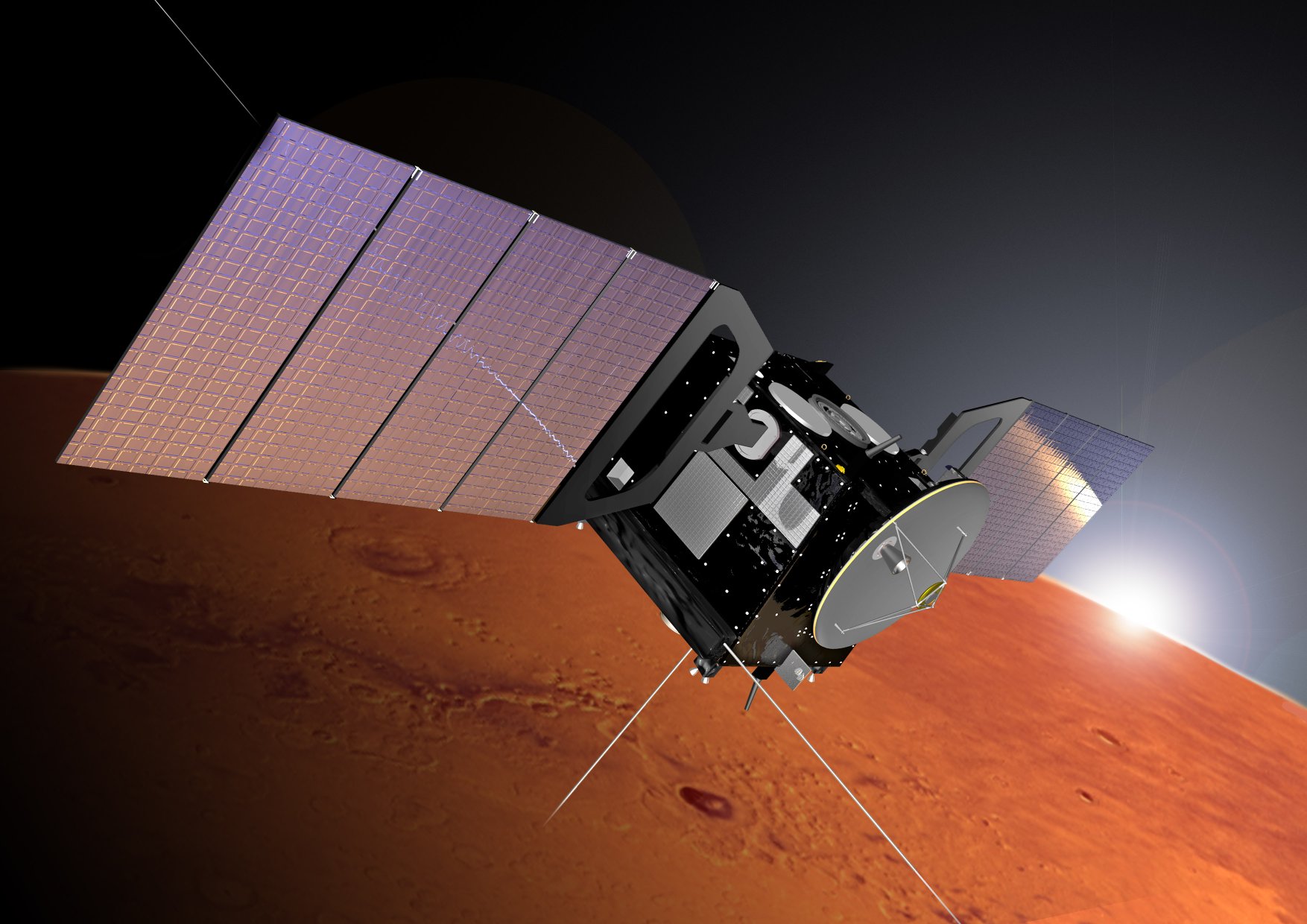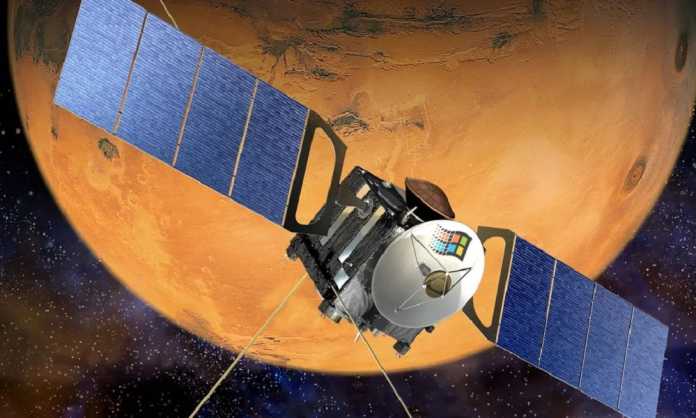Windows 98 was released on the market on June 25, 1998, and was generally considered a good operating system, in fact I was lucky enough to test it at the time on my veteran Pentium 133 and the truth is that I have good memories. The fact is that this operating system was not only installed on consumer computers, was also used on major space missionsand some of them are still active.
This is the case of the Mars Express probe, which was launched into space 19 years ago and that, since then, he has been working so that we can learn in more detail important aspects of Mars and Phobos, including both the surface and the subsurface, the atmosphere and the environmental conditions of both. To do this, it has different scientific instruments, and uses Windows 98 as its operating system.
As you may have guessed, all the software related to this mission is based on Windows 98, and has been in need of an update for some time, something that is easier said than done, since we are talking about update a probe that uses an operating system from 24 years ago, and that is on Mars.
Complicated, but not impossible, since the ESA («European Space Agency») has managed to develop new software that will bring important improvements, among which the improvements in signal reception and on-board data processingtwo keys that should allow an increase in the sending of data to Earth, and a significant leap in the quality of these.

How do you upgrade Windows 98 in space?
To face the previous phase of development of the new software, a virtual machine based on VirtualBox was used, that is, development was not performed on a native system. It is understandable, especially for a matter of costs and efficiency
Carlo Nenna, MARSIS onboard software engineer at Enginium and one of the main people responsible for this project, commented that it was very difficult to find a way to share files between host and guest machines, and that installing common things like a web browser that works or a source code editor too it was tremendously complicatedso much so that just to fully configure and validate the development environment they needed two months.
It is surprising to see that a probe that has been orbiting Mars for so many years uses an operating system from 24 years ago, but the truth is that the world is full of awesome things that rely on vintage software, or hardware. Consider, for example, that Boeing 747s receive critical updates via floppy disks, and that until 2019 the US nuclear weapons system also relied on that storage medium.














